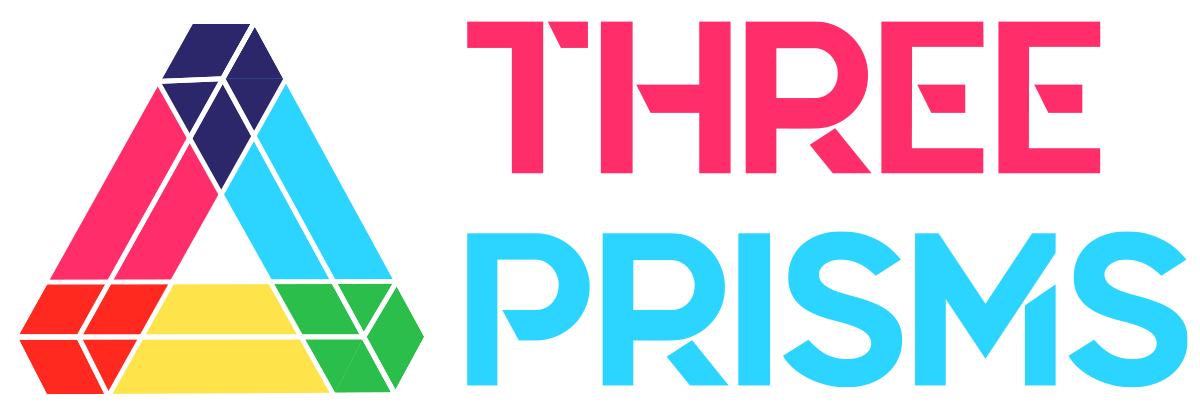Testing
As someone who studied and taught science, testing and experimenting is one of my favorite things to do. In a science experiment, you change one variable and see what happens. In life, you change things all the time to see what happens. Parenting and caregiving are constant experiments as a family performs tests to ensure everyone is thriving when possible. What this all means is that all of you are life experimenters. Let’s bring those skills to this action step.
At this point, you’ve identified the challenge or problem and you (and your child(ren), if possible) have chosen a solution or two to test. Now you want to do rapid testing to get feedback and data, both quickly and effectively. Before the test begins, three key questions must be answered.
What counts as success for the test? You need data to figure out if a test is a success or failure. Both outcomes are extremely valuable in this process of making learning better for your child(ren). We’ll talk about why in the next blog post. Two types of data exist - quantitative and qualitative. You can decide to collect one type or both. Examples of qualitative data could be descriptions of behavior (ie observations of your child(ren)’s behavior during a Zoom session), teacher’s descriptions of your child(ren)’s participation or your child(ren)’s feedback after a learning experience [this one provides SUPER valuable data!!]. Examples of quantitative data could include the number of work-focused minutes before taking a break, the number of questions answered on their own or a number grade on an assignment. Keep the data simple. And remember to take notes to as reference if your brain is like mine right now - too full and stressed. :) That will allow you to determine success more efficiently.
How long is the test? The answer depends on frequency. If the variable in the test is something that impacts your child(ren)’s learning frequently (i.e daily), then the test may last for a day or 3-4 days. If the variable impacts your child(ren)’s learning less frequently (i.e. weekly), you may test for 3-4 weeks.
What materials and resources are needed? Be sure that all the needed materials and resources are available before starting the test.
TRY IT: Let’s test! Pick a challenge and a solution to test. After you’ve answered the three key questions above, you are ready to roll. Let’s see what happens. Run the test!
An example of a test we are currently running with my son (in 2nd grade) is with his desk area. Last spring, he and his sister engaged in learning in many different spaces in our house and it was difficult for him to complete some of his school work. This fall, we set up a dedicated space without any distractions (eg legos, comic books, stuffed animals, etc.) and with all the materials he needs at his fingertips. School just started yesterday, so we are planning to see how the desk space works for the first 5 days of school. We are collecting the following evidence:
Number of completed assignments
Number of minutes working at his desk (includes participating in Zoom sessions and connected independent activities)
Observations of Zoom participation
Feedback from him about what is working and not working for him with the new desk set-up
We’ll see how it goes and I’ll keep you posted!
Next up will be a discussion of what to do with the data and test outcomes in REFLECTING/CHANGING & REPEATING.
Definitely reach out to me through my Contact page on my website if you want additional personalized guidance about supporting your child(ren)’s remote learning or homeschooling.
